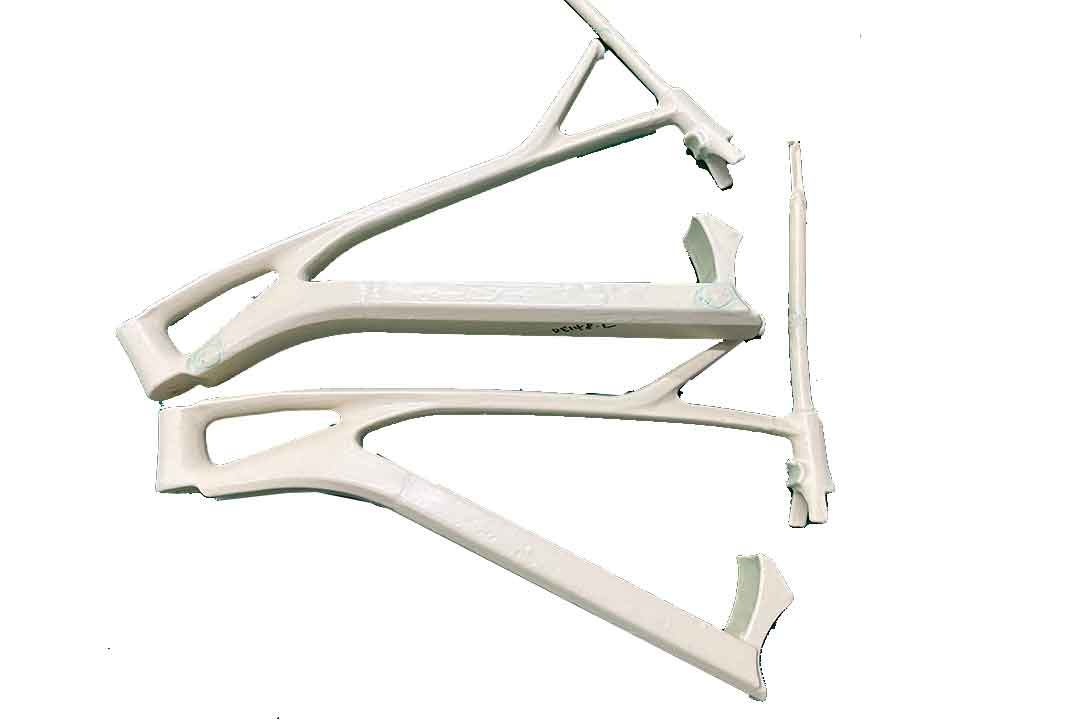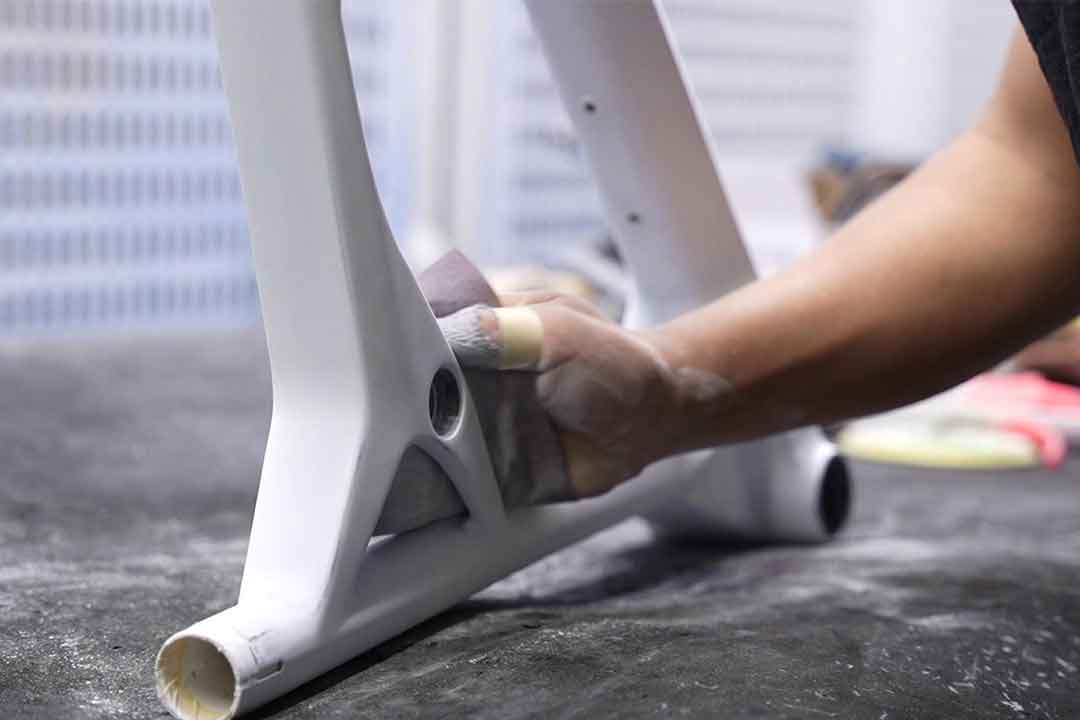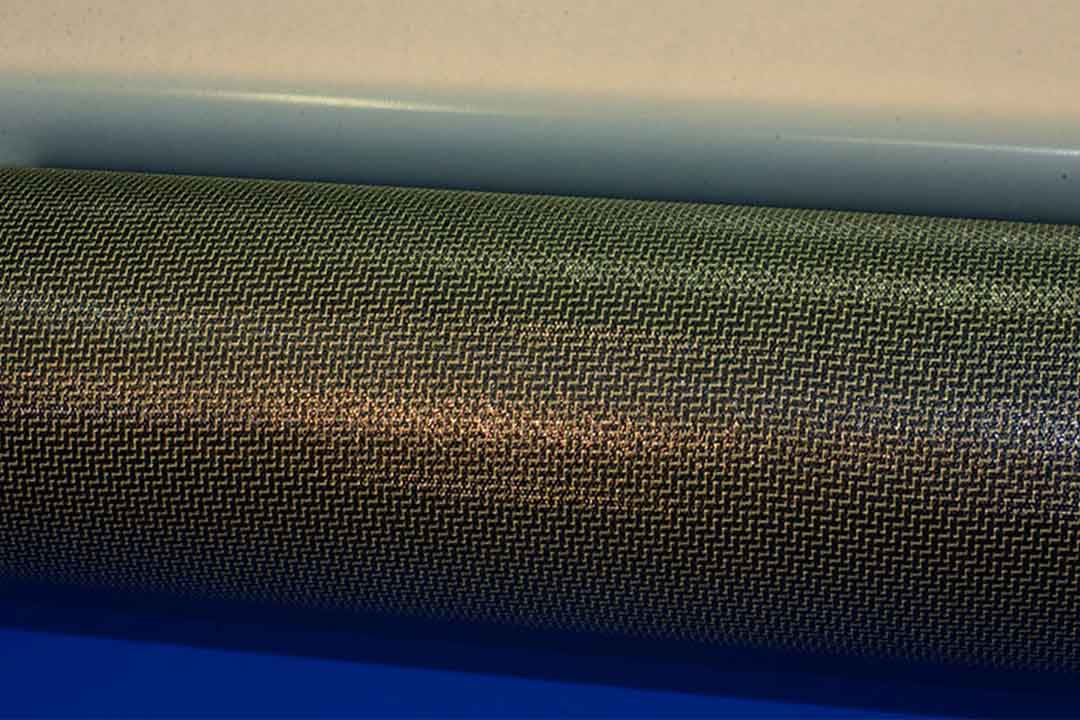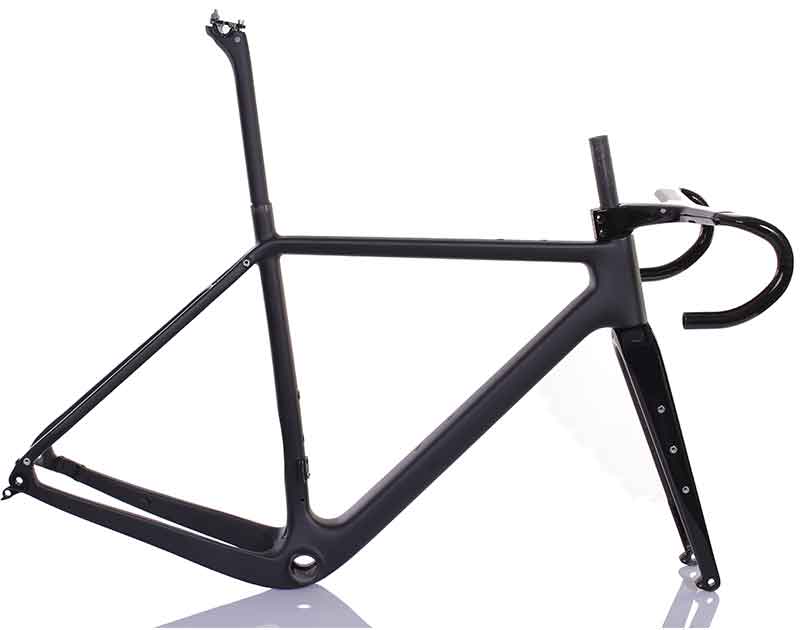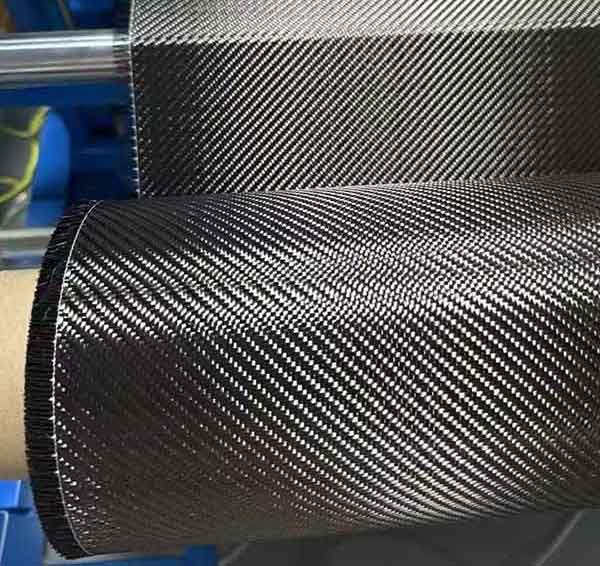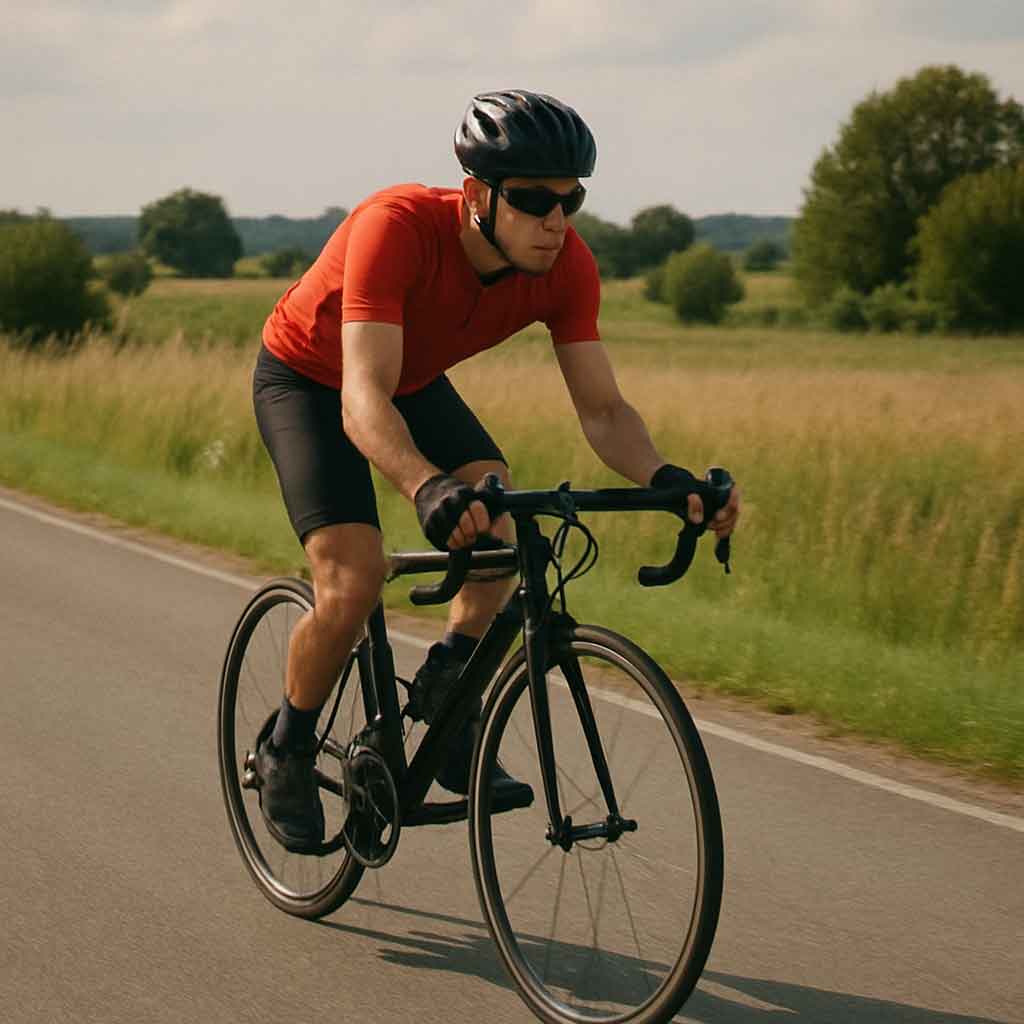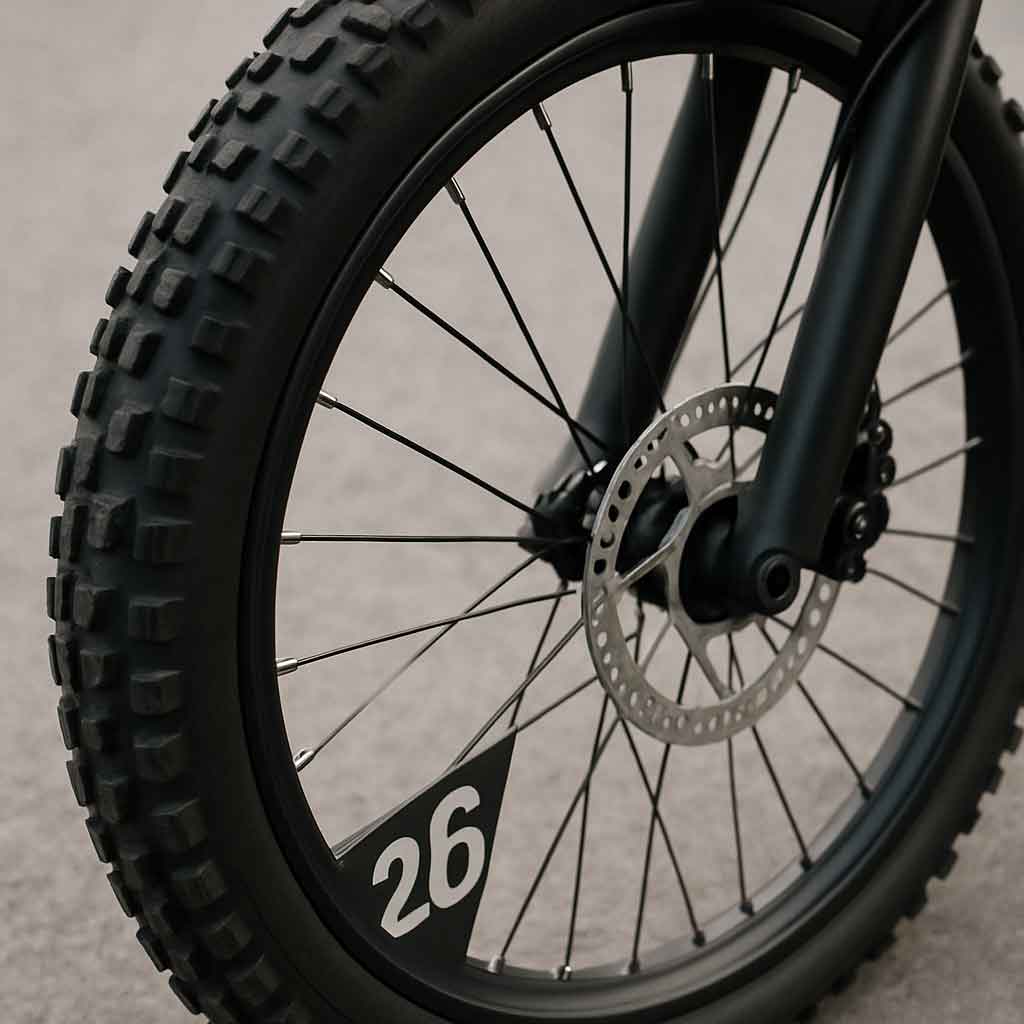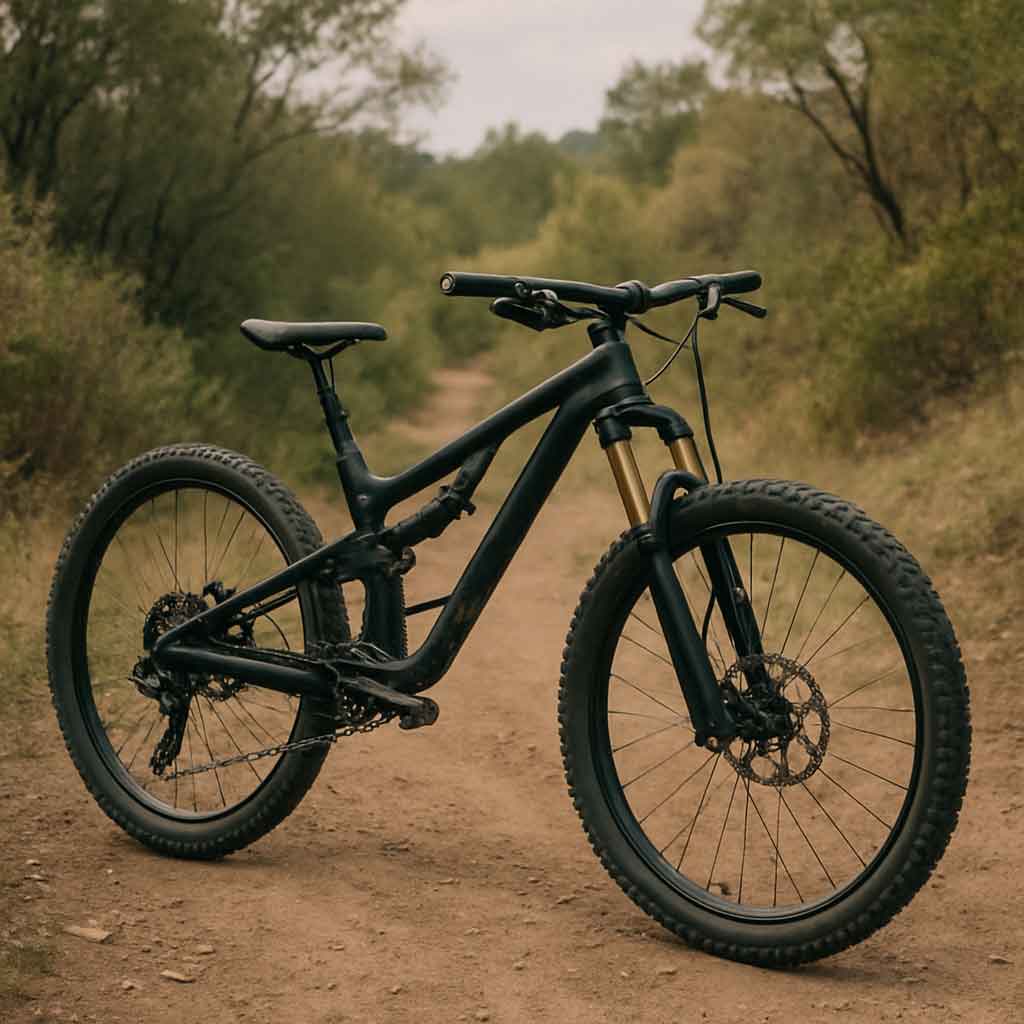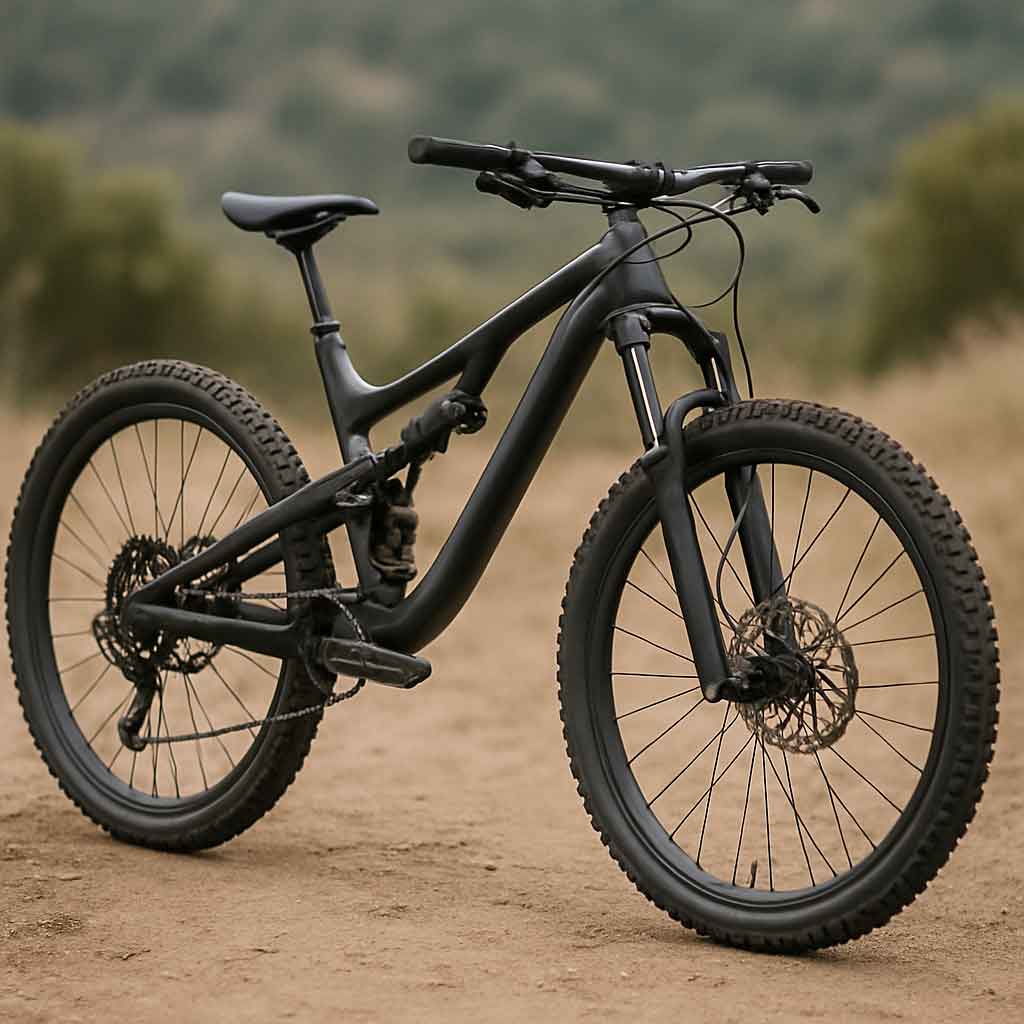Welcome to Mondince Bike - A well-known factory specialized in produce carbon bike frame and other parts since 2007.
Buyer's Guide To Gravel Bikes 2024
gravel bike on a path
The gravel bike market has exploded, and for good reason. These bikes represent freedom. They are the "do-it-all" machines that let you escape the beaten path without sacrificing the ability to get there efficiently. Whether you're exploring country lanes, tackling forest trails, or embarking on a multi-day bikepacking adventure, a gravel bike is the key to unlocking a world of riding possibilities.
In this article, we will break down everything you need to know about gravel bikes. From frames and wheels to gearing and components, you'll learn how to choose the perfect gravel bike for your needs.
Quick Guidance
-
The difference between a gravel bike and a road bike
-
How to pick a gravel bike
How to pick a gravel bike frame
How to pick gravel bike wheels
How to pick a gravel bike groupset
How to pick gravel bike components
What is the difference between a gravel bike and a road bike?
At first glance, a gravel bike looks like a road bike with wider tires. While that's a starting point, the differences run much deeper. Gravel bikes are designed for comfort, stability, and capability on unpredictable surfaces.
The most obvious difference is the tires. Road bikes typically max out at tires around 28mm wide, while gravel bikes start there and can often accommodate tires up to 50mm or wider. To fit these tires, the frames and forks have much more clearance. This also necessitates wider rims and often different hub spacing.
Geometry is Key
A road bike's geometry is designed for speed and aerodynamics on pavement: a lower, more aggressive riding position and quicker handling. A gravel bike, however, has a more relaxed and stable geometry. You'll find a taller head tube for a more upright and comfortable position, a longer wheelbase for stability on rough descents, and a slacker head angle to smooth out the handling on loose surfaces.
Comfort and Mounts
Gravel bikes often feature compliance built into the frame (like thinner seatstays) to absorb vibrations from rough roads. Furthermore, they are typically covered in mounting points for water bottles, cargo cages, frame bags, and fenders, making them ideal for adventure and bikepacking—a feature most race-oriented road bikes lack.
How to pick the right gravel bike for you
Choosing the best gravel bike comes down to balancing a few key factors:
-
Riding Style: What will you do with it 80% of the time?
-
Frame Material: Balancing weight, cost, durability, and ride quality.
-
Price: Getting the best value for your components and frame.
-
Fit and Sizing: Ensuring long-term comfort on epic rides.
Riding Style
Your intended use should guide your purchase. If you'll primarily be on smooth gravel and paved paths, a bike with less tire clearance and a quicker handling feel might be perfect. If you plan to tackle technical singletrack and carry gear for multi-day trips, look for a bike with massive tire clearance, a stable geometry, and plenty of mounts. Models like our Venture GR1 are perfect for all-around adventuring, while the more aggressive Venture GR1 Pro is built for speed and racing on mixed terrain.
Frame Material
Gravel bikes come in steel, aluminum, titanium, and carbon fiber.
-
Steel: Offers a smooth, classic ride feel but is the heaviest option.
-
Aluminum: A great value, stiff, and lightweight, but can transmit more road vibration.
-
Carbon Fiber: Our choice for the best balance of performance. It's light, strong, and allows engineers to design in specific compliance for a smooth ride without sacrificing stiffness for pedaling efficiency. A carbon frame, like those we offer at ICAN, protects your investment with a nearly infinite fatigue life.
Price
Gravel bikes span a wide price range. By selling directly to you, ICAN cuts out the middleman, offering high-performance carbon frames and complete bikes at a price comparable to many mid-tier aluminum bikes from other brands. You get premium quality without the premium markup.
What size gravel bike do you need?
Gravel bike sizing is crucial. Unlike a race bike where you might "size down" for a more aggressive fit, we generally recommend a more relaxed, comfortable position for gravel. If you are between sizes, consider your riding style: if you value stability and comfort for long days, the larger size might be better. For more playful handling, the smaller size could be the choice. Always prioritize standover clearance and a comfortable reach.
How to pick a gravel bike frame
Hardtail or Full-Suspension?
Just kidding! Gravel bikes are almost exclusively rigid. The real choice is between a rigid fork or a new breed of suspension forks (like a short-travel Lefty or a Rudy fork). For 90% of riders, a rigid carbon fork is perfect, saving weight and complexity. If you plan to ride very rough, chunky terrain, a suspension fork can be a game-changer for comfort and control.
Frame Features: Mounts and Clearance
Examine the frame for mounting points. The more, the better for versatility. Also, check the official maximum tire clearance. A frame that can fit a 45mm tire gives you more options than one that maxes out at 38mm.
Frame Fit and Standards
Pay attention to the bottom bracket standard (most are threaded BSA for easy maintenance), the rear axle spacing (typically 142x12mm thru-axle), and the headset size. All our ICAN frames use modern, reliable standards to ensure easy building and compatibility.
What gravel bike Wheels do you need
Wheels are your bike's suspension, and on gravel, they are critically important.
Rim Material: Aluminum vs. Carbon
-
Aluminum Rims: The standard choice, affordable and durable.
-
Carbon Rims: Lighter, stiffer, and often wider, which better supports wide tires. They also offer superior impact resistance and a smoother ride due to their natural damping properties. Our ICAN carbon gravel wheelsets provide this premium performance at a direct-to-consumer price.
Rim Width
Internal rim width is key. A wider rim (e.g., 25mm-30mm internal) provides a better foundation for wide tires, improving stability and allowing you to run lower pressures for more grip and comfort.
Going Tubeless
This is non-negotiable for serious gravel riding. Tubeless tires allow you to run lower pressures without the risk of pinch flats, providing more traction and comfort. It also eliminates the hassle of fixing a tube on a muddy trail.
Tire Choice and Pressure
Gravel tires range from slick "file tread" for paved and hardpack surfaces to knobby tires for mud and loose terrain. Start with an all-rounder tire and experiment. Tire pressure is highly personal and depends on your weight, terrain, and tire volume. Start around 35-40 PSI for 40mm tires and experiment downwards to find the sweet spot of speed and comfort.
How to pick a gravel bike groupset
Gearing is one of the most important choices for gravel.
1x vs. 2x Drivetrains
-
1x (One-by): Features a single chainring up front. It's simple, reliable, and eliminates the risk of dropping a chain. The gear range can be massive with a wide-range cassette (e.g., 10-52T). This is the popular choice for rough, muddy conditions.
-
2x (Two-by): Features two chainrings. It provides tighter gear jumps for maintaining an optimal cadence on rolling terrain and often a higher top gear for road descents. Better for mixed-surface riding where efficiency on pavement is still a priority.
Both Shimano and SRAM offer excellent gravel-specific groupsets (GRX and AXS/XPLR respectively). Look for a rear derailleur with a clutch mechanism to keep the chain secure and quiet on bumpy ground.
How to pick gravel bike components
Cockpit: A carbon handlebar can significantly dampen vibrations, reducing arm and hand fatigue. Pair it with a carbon seatpost for additional comfort.
Dropper Post: Once a mountain bike exclusive, dropper posts are becoming popular on performance gravel bikes. They allow you to lower your saddle for steep, technical descents, increasing confidence and control.
Handlebars: Gravel-specific handlebars often have a shallow drop and flare outwards, providing more control and stability when riding in the drops on rough terrain.
Conclusion
A well-chosen gravel bike is arguably the most versatile bike you can own. By focusing on a quality carbon frame, a reliable wheelset, and a gearing setup that matches your terrain, you can build a machine that is capable of winning a race on Saturday and carrying you across the country on a multi-week adventure the next.
Is it time to build your perfect gravel bike?



